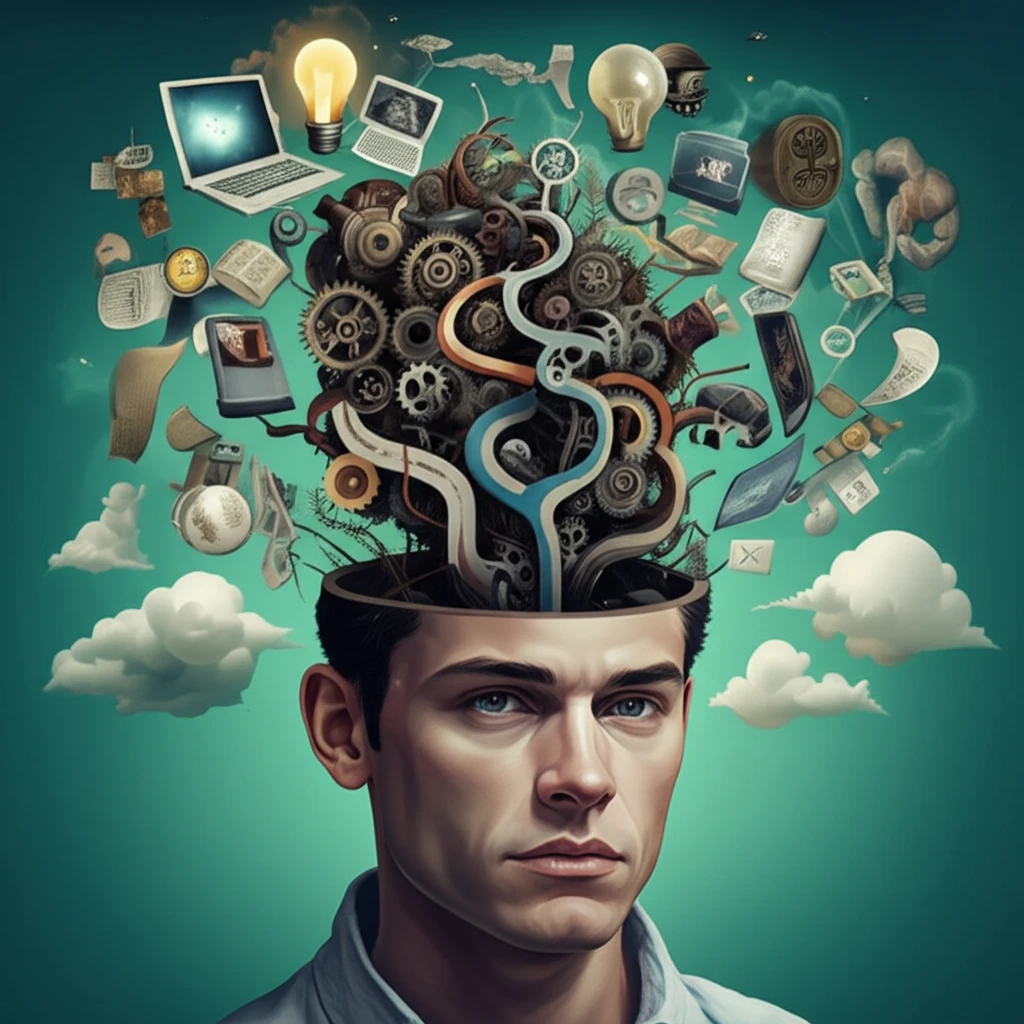
Decoding Decisions: Can We Reverse Engineer Choices to Understand What Drives Them?
"Uncover the groundbreaking research exploring how observing choices can reveal the hidden factors influencing decision-making, from identifying key actions to understanding underlying beliefs and desires."
Imagine being able to understand exactly why someone makes a particular choice, not by asking them, but simply by observing their decisions. This idea, once confined to the realms of science fiction, is now being explored in groundbreaking research that seeks to decode the very essence of decision-making.
The core question at the heart of this exploration is: To what extent can we specify the decision problem someone faces simply by understanding their preferences? Can we truly 'hear the shape' of a decision problem by analyzing choices? This isn't just about predicting what someone will do; it's about understanding the underlying utility function – the internal calculation that drives those decisions.
Traditional economics tells us that if we know an agent's decision problem – their possible actions, potential outcomes, and their preferences – we can predict their choices. But what if we flip this around? What if we only see the choices and must infer the decision problem? This article explores the innovative approaches and potential limitations of this inverse problem, revealing just how much of our internal world is reflected in our external decisions.
The Quest to Map the Decision-Making Landscape

At the heart of this research lies the exploration of an agent's preferences through their 'ranking of information structures.' Imagine presenting someone with various options, each offering different pieces of information relevant to a decision. The way they rank these options – which information they value most – provides critical clues to their underlying utility function.
- Finite Ordinal Data: By understanding the ranking of choices, key actions can be identified.
- Belief Identification: Beliefs rendering each action as optimal can be pinpointed.
- Utility Function: An additional comparison refines utility function.
Peering Behind the Curtain of Choice
This research opens up a fascinating new perspective on how we understand decision-making. By shifting from predicting choices based on known preferences to inferring preferences from observed choices, it provides valuable insights into the hidden drivers of human behavior. This has implications far beyond academic circles, offering potential applications in fields ranging from marketing and policy-making to artificial intelligence and personalized medicine. As we continue to refine our understanding of how decisions are made, we move closer to a world where we can truly 'hear the shape' of the problems people face, and help them make choices that align with their deepest values and desires.
